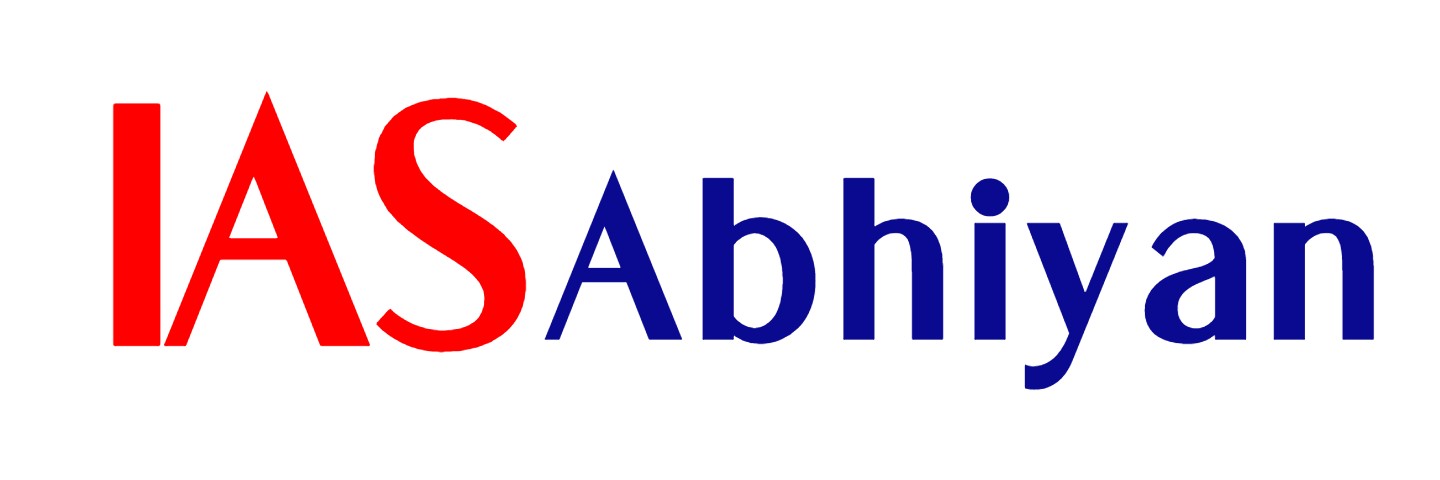Context:
- The worst kept secret in India is its broken delivery system. Some blame it on red tape and others on unbridled rentier incomes (read bribes). Whichever way you look at it, the fact is that the system is broken, with satraps operating as intermediaries. Presumably why almost everything about the old economy in India is so unproductive—once you factor in these hidden costs, the cost of production to any business is staggering.
- Exactly why the phenomenon of disintermediation, wherein you bypass these road blocks in the delivery system and directly link a buyer and seller of a service or good is rapidly gaining currency. It has, as written in a previous column, led to the death of the queue . In vogue for the last two decades, it is acquiring a new momentum, especially with the Internet of Things or IoT taking root and information technology emerging as the new backbone.
The best example of disintermediation, which touches our lives, is the ATM machine.
- Millennials may not have suffered the unfortunate experience, but the fact was that drawing money from a savings bank account was like a project: first queue up with a clerk who will physically match the pass book and the bank ledger; second step, the marked ledger is sent to the manager for approval; third and final step was to line up at the teller’s counter to collect your cash. With the entry of the ATM, withdrawing cash is self-service.
- Next on the list is the enlistment and payment for our basic services like electricity, water and cooking gas.
- Till recently, you had to be privileged to be availing of these services and cursed for having to line up in queues to pay for them.
- Now, thanks to disintermediation, everything from application to payment is online.
- And the real lazy one can link a bank account to the utility to ensure that bills are automatically paid. Easier access is one of the reasons why basic services are now becoming ubiquitous—also why materially, India is now so much better off than it was, say, even at the turn of the millennium. And of course, how can one forget the telephone.
- To own a landline even in the mid-1990s was an item of status. And when the cell phone (preceded by the pager which few would remember) was introduced, the need for a landline ended. Especially after cell phone companies dropped tariffs at the turn of this millennium. Of course, this price war has assumed a new avatar with the entry of Reliance Jio Infocomm Ltd.
What does this growing trend of disintermediation add up to?
- First, it is fantastic news for the Indian consumer. They have never had it so good. Yes; while this short-circuiting of the process has led to some kind of redundancy (like hiring fewer clerks), it has also created new jobs as businesses have been able to grow manifold and launch in new sectors—the entry of Uber and Ola in the cab hailing business, for example, has completely transformed public transport, empowering the consumer in an incredible way and of course also emerging as the best source of job creation.
- Second, it has, as the examples cited earlier of consumption and payment for basic services revealed, eliminated contact with public officials. The consequence: shrinking the space for retail corruption. Of course, the auction of coal blocks carried out three years ago took this to another level to eliminate wholesale corruption. Not only did it garner substantially more revenues to the exchequer—the previous model of ad hoc allocation of coal blocks had led to huge losses to the government, forcing an intervention by the Supreme Court—it also created a transparent process.
- Third, flowing from the above, the government now effects transfer payments for items like subsidies or the rural employment guarantee scheme directly to the recipients—they triangulate the beneficiary using their unique Aadhaar and their bank account. Not only has this contained corruption, it has also introduced efficiency and accountability to government spending.
Conclusion:
- In the final analysis, it is clear that disintermediation is forcing a reset in the traditional hierarchy dominated by middlemen in a discretion-based regime. Instead, India is gradually (some would say just not fast enough) embracing a rules-based regime. Who can quarrel with that.
Source:Livemint
